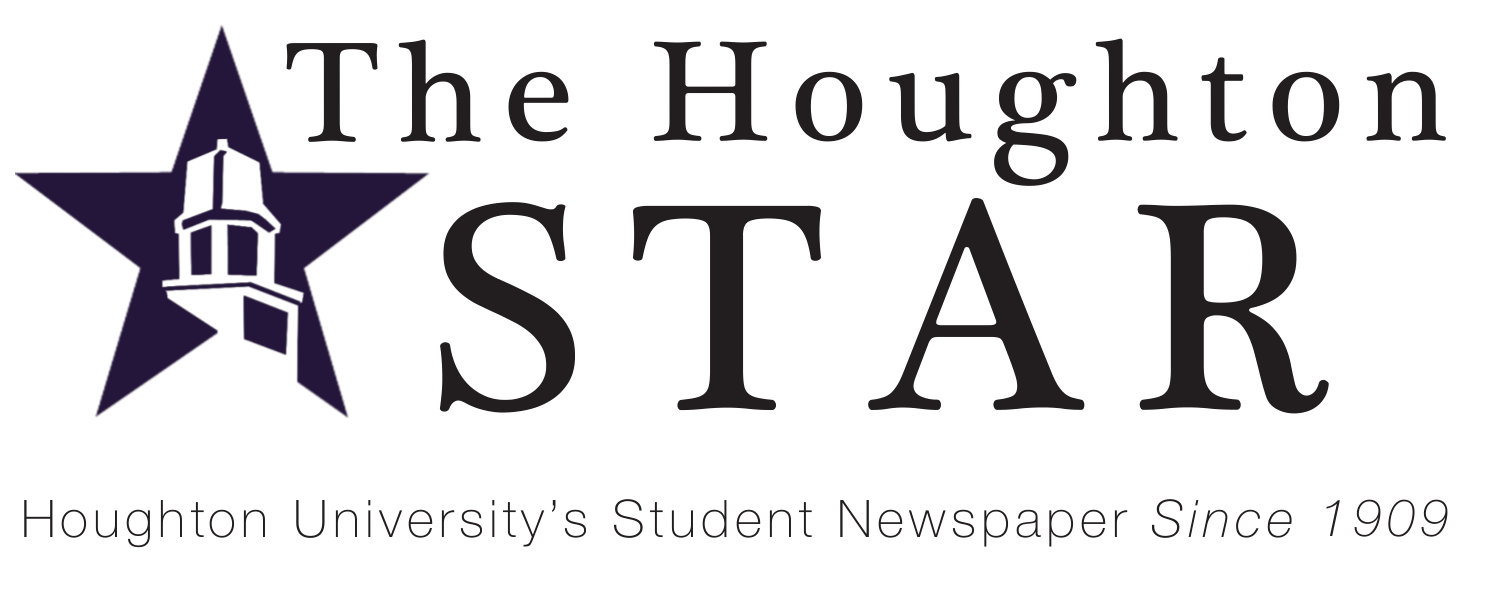Category: News

September 23, 2020
News
New Ortlip Gallery Exhibit Reunites Alumni to Share their Experience
Article by Elise Koelbl, with contributions from Josiah Wiedenheft The Ortlip Gallery has had many interesting and unique creations from…
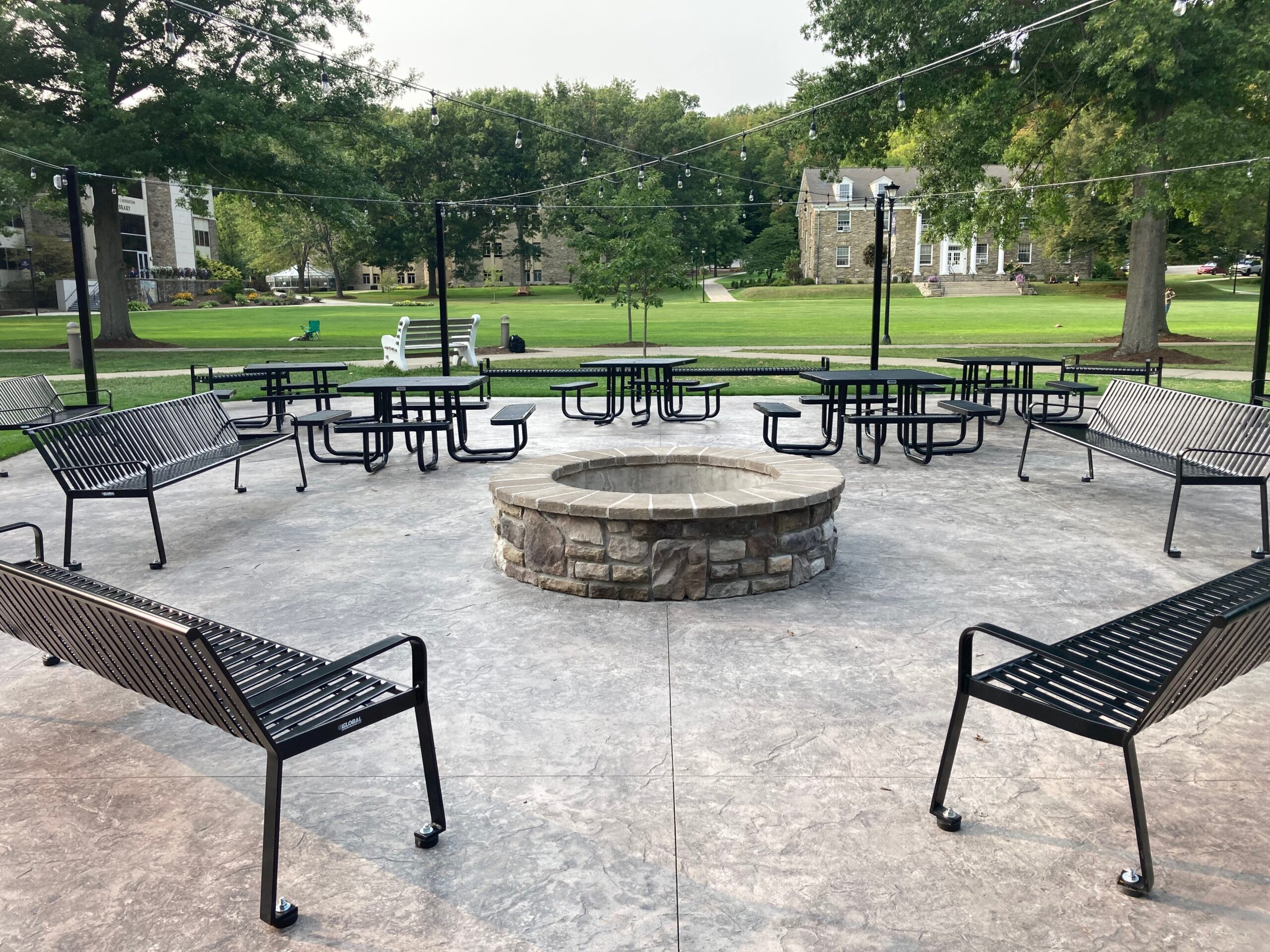
Campus Changes Please, but Puzzle
Thanks to the pandemic restrictions that have been put in place, the Houghton campus has had to adapt physically in…
Deborah Birx to be Featured Speaker in Houghton College’s Virtual Commencement
Compiled as a mix of live and prerecorded events, both baccalaureate and commencement will take place this year—online. Next week,…
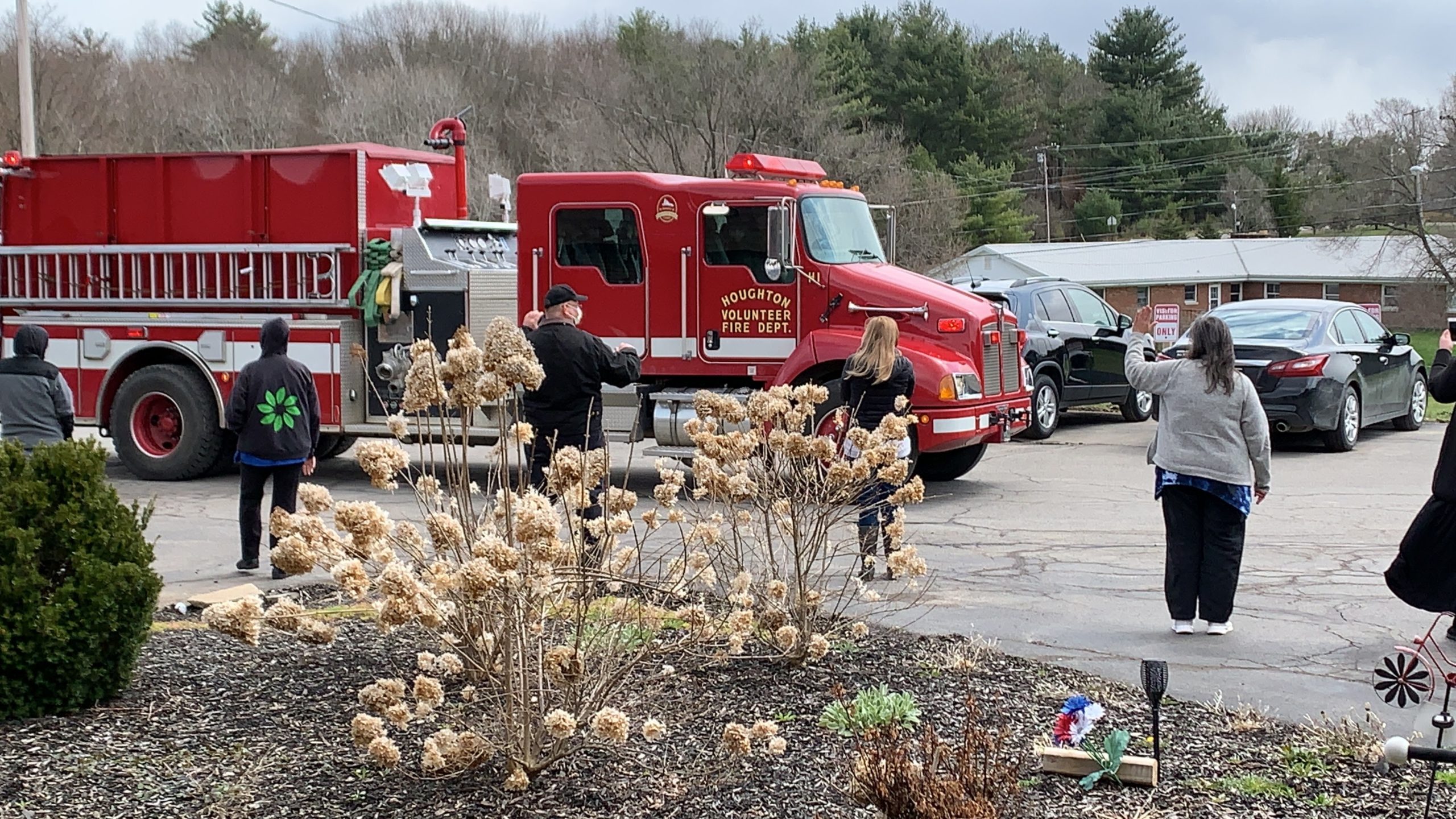
Parade Honors Houghton’s Healthcare Personnel
In the midst of the COVID-19 crisis, the Houghton community celebrated its local first responders and healthcare workers. On April…
Living Through History: Houghton Campus Closes due to COVID-19 Pandemic
The Houghton campus sits empty several weeks from the end of the spring semester. A pandemic viral respiratory illness, coronavirus…
January 24, 2020
News
Houghton Celebrates 3rd Annual MLK Day
This article was also contributed to by Riley Gastin Houghton College celebrated their 3rd annual Martin Luther King Day on…
January 24, 2020
News
CAB Hosts CABob Night
As the first week of the spring semester drew to a close, many students chose to celebrate by gathering in…
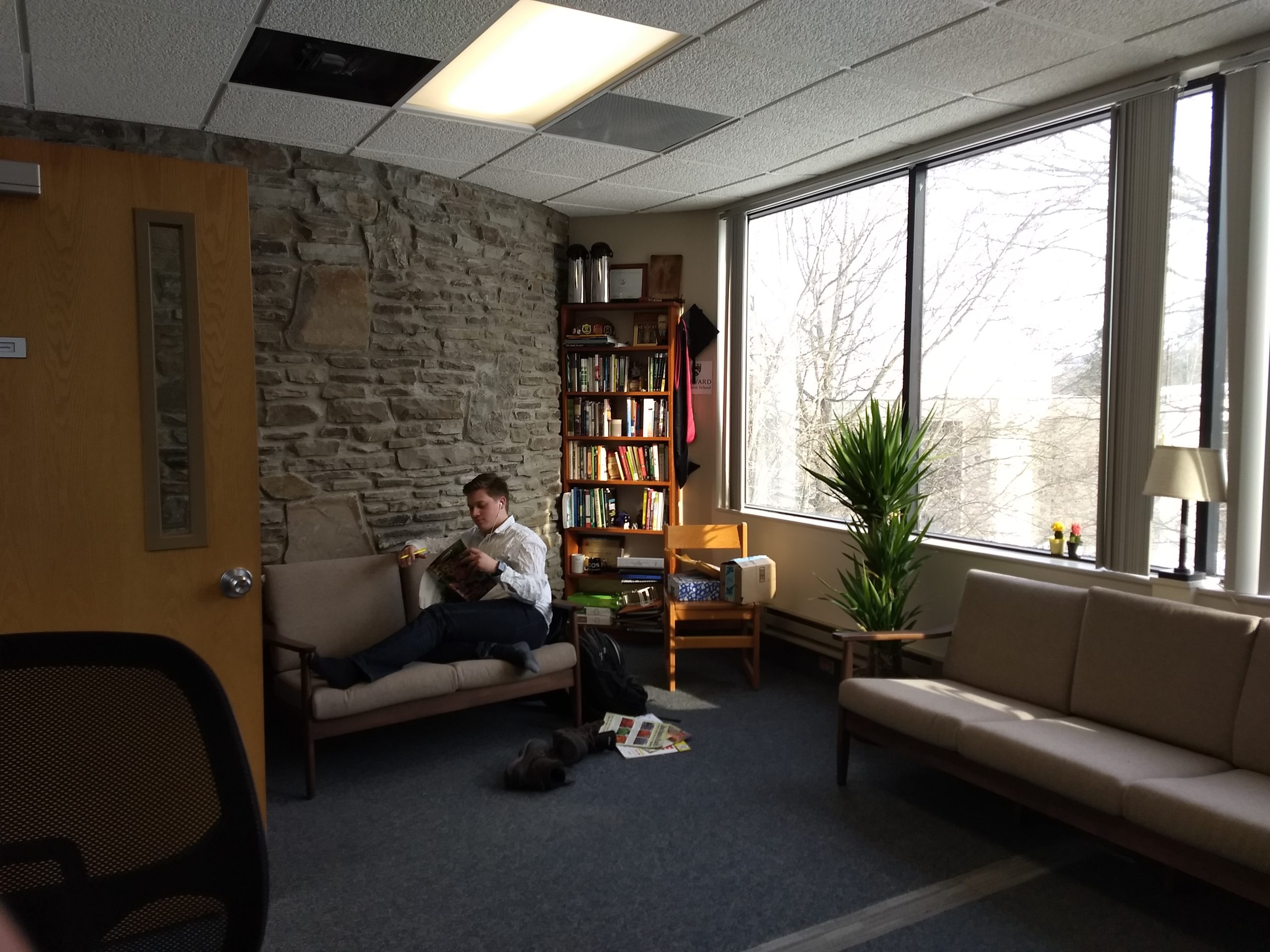
January 24, 2020
News
Center for Sustainability Enjoys Major Renovations to Office
This semester, the Center for Sustainability that is located in Chamberlain Center overwent massive renovations. The room, which can be…
January 24, 2020
News
New Clubs Draw Participants, Older Ones Struggle
Many clubs on campus have been created since the beginning of last semester and seen success in acquiring members, yet…
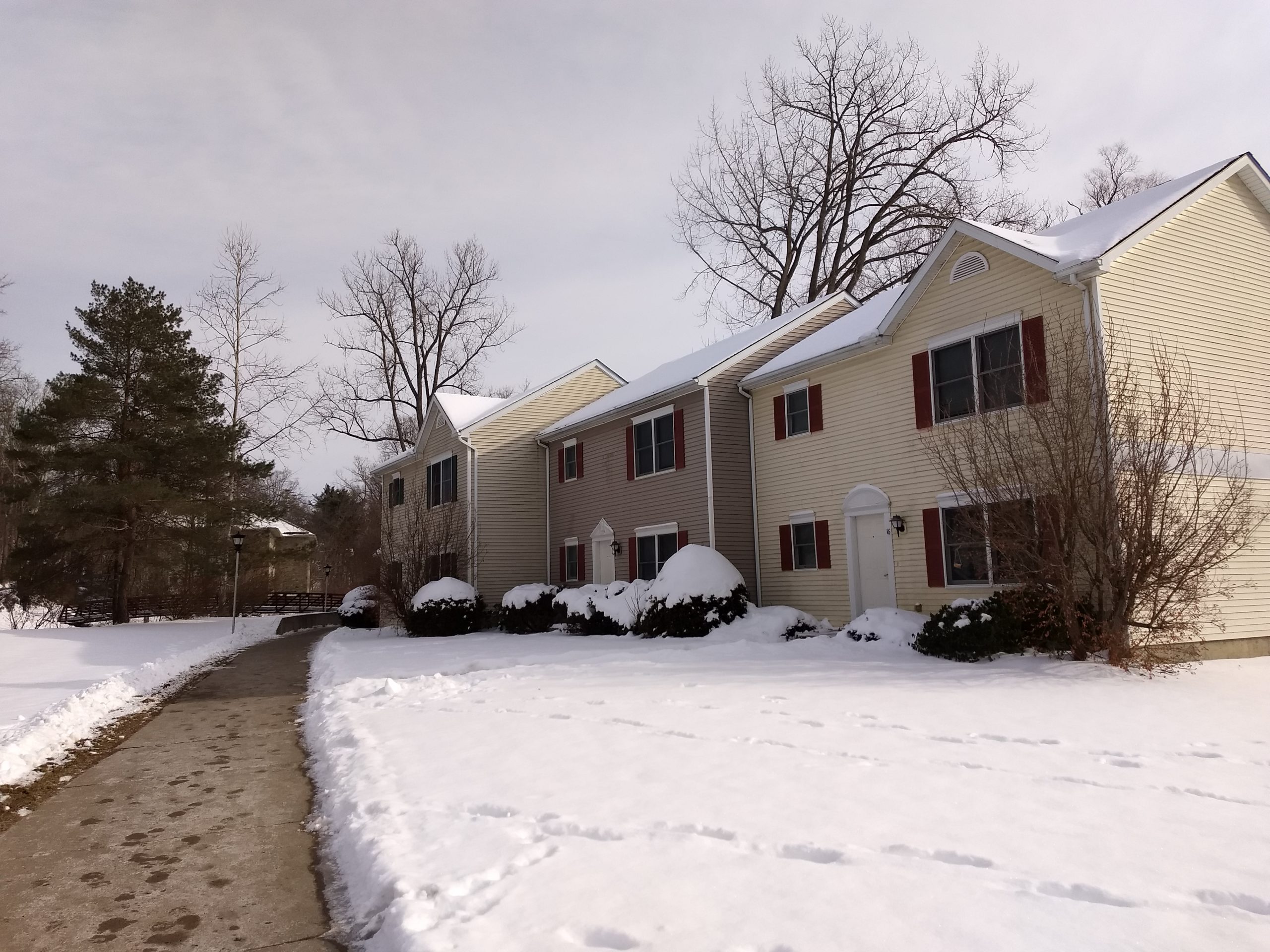
January 24, 2020
News
Student Life Debuts Initiative to Promote Intentional Residential Communities
The Office of Student Life is introducing the Randall Student Engagement Community, an initiative to combine student interests with intentional…
